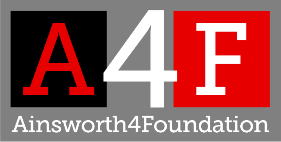Anterocollis: a type of neck dystonia where the head is in a forward position against the chest. It is the most difficult of the cervical dystonias to treat with Botulinum toxin.
Anticholinergics: a type of medication which is prescribed in movement disorders. These medications inhibit the neurotransmitter acetylcholine (see treatments for more information).
Antidepressansts: medication prescribed to treat depression that may have other actions in dystonia such as pain control or sedation. Note that some antidepressants, mainly those used in the past, can cause a type of dystonia.
Antipsychotics: drugs used in psychosis that can lead to dystonia in some people, in particular antipsychotics such as Haldol® and Serenace® (haloperidol) and Modecate® (fluphenazine).
Benzodiazepines: medications such as Valium® (diazepam) and Serapax® (oxazepam) that are used mainly as muscle relaxants in dystonia (see treatments for more information).
Blepharospasm: eyelid dystonia – a type of dystonia where there can be excessive blinking and the muscles of the eye can close without warning.
Botox®: a brand name of Botulinum toxin A (see treatments for more information).
Cervical dystonia: neck dystonia also known as spasmodic torticollis causing abnormal postures and/or tremor of the neck.
CT: computed tomography, a specialised x-ray that uses x-rays and computer technology to create detailed two or three-dimensional images of the body.
Deep Brain Stimulation (DBS): The surgical implantation of a battery-driven device that is thought to inhibit or interrupt the abnormal electrical signals from the basal ganglia and reduce abnormal movements in dystonia (see treatments for more information).
Dopamine: One of the principal neurotransmitters of the basal ganglia that is used in a rare type of dystonia called dopamine-responsive dystonia. The common dopamine medications are Sinemet® (levodopa/carbidopa) and Madopar® (levodopa/benserazide).
Dysport: A brand name of botulinum toxin type A (see treatments for more information).
Dystonia: A neurological movement disorder that makes it difficult for people to control their muscles that causes abnormal twisting, postures or positions in part(s) of the body along with spasms or tremors.
Electromyography (EMG): a procedure where a needle is placed into the muscle to record the electrical activity.
Encephalitis: an infection or inflammation of the brain.
Extrapyramidal motor system: the pyramidal system is the main motor system of the brain which runs from the front of the brain, through the brain stem and into the spinal cord. The extra-pyramidal system is a complex system that assists in modulating movement and contains the basal ganglia.
Geste antagoniste: a French term which means a “sensory trick” which is seen most often in neck dystonia and blepharospasm. People with these dystonias may use the gestes to return the dystonic position back to a more normal position. For instance in cervical dystonia touching the face at a specific point may bring the neck back closer to a normal position or in blepharospasm touching the forehead or pulling on the eyelids may allow the eyes to open.
Idiopathic: a term used for medical conditions where no cause is found.
Laterocollis: a neck dystonia where the head is pulled or pushed to one side and often toward the shoulder.
Myoclonus dystonia: a type of dystonia, mostly genetic, where quick jerky movements of mostly the arms are seen.
Oromandibular dystonia: dystonia of the face, jaw, mouth or tongue with difficulty in opening or closing the mouth, affecting chewing and speech and causing movements the person cannot control.
Postures: body parts held in particular positions.
Retrocollis: a form of cervical dystonia where the head is pushed/pulled backwards. This is also a difficult dystonia to treat.
Spasmodic dysphonia: voice dystonia or dystonia of the larynx leading to strained, whispering or shaky speech.
Torticollis: a type of cervical dystonia where the head tilts to one side and the chin to the other.
Writer’s cramp: A focal dystonia which affects the arm and hand muscles while writing.
Xeomin: A brand name of botulinum toxin type A (see treatments for more information).
If you have a term you would like to see explained on this glossary, please Contact Us
Page reviewed 31 January 2024



